

Articles
How To Store Homemade Naan
Modified: December 7, 2023
Looking for articles on how to store homemade naan? Discover the best storage tips and techniques to keep your naan bread fresh and delicious.
(Many of the links in this article redirect to a specific reviewed product. Your purchase of these products through affiliate links helps to generate commission for Storables.com, at no extra cost. Learn more)
Introduction
Naan is a popular Indian flatbread that is enjoyed all over the world for its soft and fluffy texture. Whether you have made a fresh batch of homemade naan or bought it from a local bakery, knowing the best way to store it is essential to maintain its freshness and flavor.
Storing homemade naan properly ensures that you can enjoy it for longer periods without compromising its taste and quality. In this article, we will walk you through the step-by-step process of storing homemade naan to help you prolong its shelf life and enjoy it whenever you crave some delicious bread.
Before we delve into the storage techniques, let’s first take a look at the key ingredients required to make homemade naan.
Key Takeaways:
- Properly storing homemade naan in an airtight container in the refrigerator or freezer can extend its shelf life, allowing you to enjoy the delicious Indian flatbread for up to 3-4 days in the fridge and 2-3 months in the freezer.
- To maintain the freshness and flavor of stored naan, follow handy tips such as labeling the storage container, using individual wrapping for freezing, and knowing the best methods for reheating, ensuring your homemade naan remains at its best quality.
Read more: How To Store Naan Dough
Ingredients for Homemade Naan
Making homemade naan requires a few staple ingredients that are readily available in most kitchens. Here’s a list of what you’ll need:
- 2 cups all-purpose flour
- 1 teaspoon instant yeast
- 1 teaspoon sugar
- 1/2 teaspoon salt
- 1/2 cup warm water
- 1/4 cup plain yogurt
- 2 tablespoons melted butter
The all-purpose flour serves as the base for the naan dough, providing the necessary structure. Instant yeast helps the naan to rise and achieve its soft texture. Sugar feeds the yeast and aids in fermentation, while salt enhances the flavor of the bread. Warm water, yogurt, and melted butter add moisture, richness, and a slightly tangy taste to the naan.
With these simple ingredients on hand, you’re ready to start preparing your homemade naan. Let’s dive into the step-by-step instructions.
Step-by-Step Instructions
Now let’s walk through the process of making homemade naan:
- In a large mixing bowl, combine the all-purpose flour, instant yeast, sugar, and salt. Mix well.
- Add the warm water, plain yogurt, and melted butter to the dry ingredients. Stir until the dough starts to come together.
- Knead the dough on a lightly floured surface for about 5-7 minutes until it becomes smooth and elastic.
- Place the dough back into the mixing bowl and cover it with a clean kitchen towel. Allow it to rest for 1-2 hours, or until it has doubled in size.
- Once the dough has risen, punch it down to release any air bubbles. Divide it into smaller portions, depending on the desired size of your naan.
- Take each portion of dough and roll it out into a circular or oval shape, about 1/4 inch thick. You can sprinkle some flour on the surface to prevent sticking.
- Heat a skillet or griddle over medium-high heat. Lightly brush it with melted butter or oil.
- Carefully place the rolled-out naan on the heated skillet and cook for about 2 minutes, or until golden brown spots start to appear on the bottom. Flip it over and cook the other side for an additional 1-2 minutes.
- Remove the cooked naan from the skillet and brush it with melted butter for extra flavor and softness. Repeat the process with the remaining portions of dough.
Now that you have prepared a batch of delicious homemade naan, let’s move on to the next step – storing the naan for future use.
Preparing the Dough
The first step in making homemade naan is preparing the dough. Follow these simple instructions:
- In a large mixing bowl, combine 2 cups of all-purpose flour, 1 teaspoon of instant yeast, 1 teaspoon of sugar, and 1/2 teaspoon of salt. Mix well to evenly distribute the ingredients.
- Add 1/2 cup of warm water, 1/4 cup of plain yogurt, and 2 tablespoons of melted butter to the dry ingredients. The warm water helps activate the yeast, while the yogurt and butter add moisture and richness to the dough.
- Using a wooden spoon or your hands, mix the ingredients until they start to come together. Then, transfer the dough onto a lightly floured surface.
- Knead the dough for approximately 5-7 minutes until it becomes smooth and elastic. This process helps develop the gluten, giving the naan its soft and chewy texture.
- If the dough feels too sticky, you can lightly dust it with a bit of flour while kneading. However, be cautious not to add too much flour, as it can make the naan dense and dry.
- Once the dough is properly kneaded, shape it into a ball and place it back into the mixing bowl.
By following these steps, you will have a well-prepared dough that is ready to rest and rise before rolling it out into naan bread.
Resting the Dough
After preparing the naan dough, it is essential to allow it to rest before rolling it out. This resting period helps the dough relax, resulting in a more tender and pliable texture. Follow these steps to properly rest the dough:
- Cover the mixing bowl containing the prepared dough with a clean kitchen towel or plastic wrap. This covering helps retain moisture and creates a warm environment for the dough to rise.
- Place the bowl in a draft-free area at room temperature. Ideally, the temperature should be around 75-80°F (24-27°C) for optimal rising.
- Allow the dough to rest and rise for 1-2 hours, or until it has doubled in size. The rising time may vary depending on the temperature and the yeast activity.
- During the resting period, the yeast ferments the dough, producing carbon dioxide, which creates air bubbles and causes the dough to rise.
- After the dough has doubled in size, gently press down on it to release any air bubbles that have formed. This step is known as punching down the dough.
By following these instructions, you are ensuring that the gluten in the dough relaxes and the flavors develop further, resulting in a delicious and properly textured naan bread.
Store homemade naan in an airtight container or resealable plastic bag at room temperature for up to 2 days. For longer storage, freeze the naan in a freezer-safe bag for up to 3 months. Reheat in a toaster or oven before serving.
Read more: How To Store Naan Bread
Rolling out the Naan
Once the naan dough has rested and risen, it’s time to roll it out into flatbread shapes. Follow these steps to achieve the perfect thickness and shape:
- Lightly flour a clean work surface to prevent the dough from sticking.
- Take a portion of the dough, roughly the size of a golf ball, and flatten it slightly with your hands.
- Using a rolling pin, start rolling the dough from the center, applying gentle pressure and rotating it as you go. Aim for a circular or oval shape, about 1/4 inch thick.
- If the dough starts to stick to the rolling pin or surface, lightly dust it with flour as needed. However, be careful not to use excessive flour, as it can make the naan dry.
- Continue rolling out the rest of the dough, one portion at a time, until you have achieved the desired number and size of naan bread.
Remember, the thickness of the naan can vary depending on your preference. Thinner naan will have a crisper texture, while slightly thicker naan will be softer and chewier.
Once the naan has been rolled out, it is ready to be cooked on a stovetop or griddle. Let’s move on to the next step: cooking the naan.
Cooking the Naan
Now that you have rolled out the naan dough, it’s time to cook it to perfection. Follow these steps to achieve a deliciously golden and fluffy naan:
- Heat a skillet or griddle over medium-high heat. It’s important to preheat the cooking surface to ensure even cooking.
- Lightly brush the heated surface with melted butter or oil. This prevents the naan from sticking to the pan and adds a delightful flavor.
- Carefully transfer the rolled-out naan onto the hot skillet. Cook it for about 2 minutes, or until golden brown spots start to appear on the bottom.
- Once the bottom side is cooked, flip the naan over using a spatula or tongs. Cook the other side for an additional 1-2 minutes, until it is also golden brown.
- As the naan cooks, it may puff up and form air pockets, giving it its characteristic soft and fluffy texture.
- Remove the cooked naan from the skillet and lightly brush it with melted butter for extra flavor and to keep it soft. This step is optional but highly recommended.
- Repeat the process with the remaining rolled-out naan dough, ensuring that you brush the skillet with butter or oil before cooking each piece.
It’s best to serve the cooked naan warm, straight from the skillet. However, if you have leftovers or want to store the naan for later use, follow the next steps on how to properly store it.
Storing the Naan
Properly storing homemade naan is crucial to maintain its freshness and flavor. Follow these steps to store the naan for future enjoyment:
- Allow the cooked naan to cool completely to room temperature before storing it. This helps prevent condensation, which can make the bread soggy.
- Once cooled, place the naan in an airtight container or resealable plastic bag. Make sure the container is clean and dry.
- If you are storing multiple pieces of naan, separate them with parchment paper or aluminum foil to prevent them from sticking together.
- Seal the container tightly to prevent any excess air from entering, as exposure to air can dry out the naan.
- Label the container with the storage date to keep track of its freshness.
- Store the naan in the refrigerator for up to 3-4 days. The cooler temperature helps slow down any microbial growth.
- If you wish to store the naan for a longer period, you can freeze it. Place the sealed container in the freezer and store for up to 2-3 months.
When you’re ready to enjoy the stored naan, simply thaw it at room temperature or reheat it in a skillet or oven until warmed through.
Now that you know how to store homemade naan, let’s explore some tips and tricks to ensure the best storage results.
Tips and Tricks for Storing Homemade Naan
To optimize the storage and freshness of your homemade naan, consider the following tips and tricks:
- If you plan to store naan in the refrigerator, make sure it is completely cooled and stored in an airtight container. This helps prevent the naan from drying out and absorbing any odors from other foods in the fridge.
- For freezing naan, wrap each piece individually with plastic wrap or aluminum foil before placing them in a freezer-safe container or bag. This allows for easy portioning and prevents freezer burn.
- To reheat naan, you can either warm it in a skillet over medium heat or in a preheated oven at 350°F (175°C) for a few minutes. This helps restore its softness and brings back its fresh-from-the-oven taste.
- Add a sprinkle of water to the naan’s surface before reheating to prevent it from drying out further.
- If you prefer a crispier texture, you can toast the naan in a toaster or under the broiler for a few minutes. Keep a close eye to prevent burning.
- If you have leftover naan that has become slightly dry, you can revive it by brushing it with melted butter or drizzling it with water before reheating.
- If you know you won’t be able to consume all the naan before it goes stale, consider making smaller-sized naan to reduce waste or sharing it with family and friends.
- When warming naan in the oven, you can place a damp paper towel over it to help retain moisture.
- If you want to enjoy the naan straight from the freezer, thaw it in the refrigerator overnight before reheating for the best results.
- Before freezing naan, ensure it has fully cooled to room temperature to avoid condensation and ice crystals.
By following these tips and tricks, you can extend the shelf life of your homemade naan and maintain its delightful taste and texture for an even longer period. Enjoy your freshly stored naan whenever you desire a taste of India!
Read more: How To Store Homemade Gnocchi
Conclusion
Homemade naan is a delicious and versatile Indian flatbread that can be enjoyed with a variety of dishes or simply on its own. With the right storing techniques, you can prolong the freshness and flavor of your homemade naan, allowing you to enjoy it for longer periods.
By properly preparing the dough, resting it, rolling it out, and cooking it to perfection, you can create fluffy and flavorful naan bread. Once cooled, storing the naan in an airtight container in the refrigerator or freezer will keep it fresh and ready for future use.
Remember to follow some handy tips and tricks, such as labeling the storage container, using individual wrapping for freezing, and knowing the best methods for reheating. These simple steps will ensure your stored naan remains at its best quality.
Whether you choose to store your homemade naan for a few days in the refrigerator or freeze it for longer-term storage, the convenience of having fresh bread ready to enjoy is a true delight. So go ahead and make a large batch of naan, store it using the techniques outlined in this article, and savor its deliciousness whenever you desire.
Now that you have learned how to properly store homemade naan, you can confidently enjoy this flavorful bread for any meal or snack. So get ready to savor the softness, richness, and incredible taste of your homemade naan, even days or weeks after it has been made!
Frequently Asked Questions about How To Store Homemade Naan
Was this page helpful?
At Storables.com, we guarantee accurate and reliable information. Our content, validated by Expert Board Contributors, is crafted following stringent Editorial Policies. We're committed to providing you with well-researched, expert-backed insights for all your informational needs.


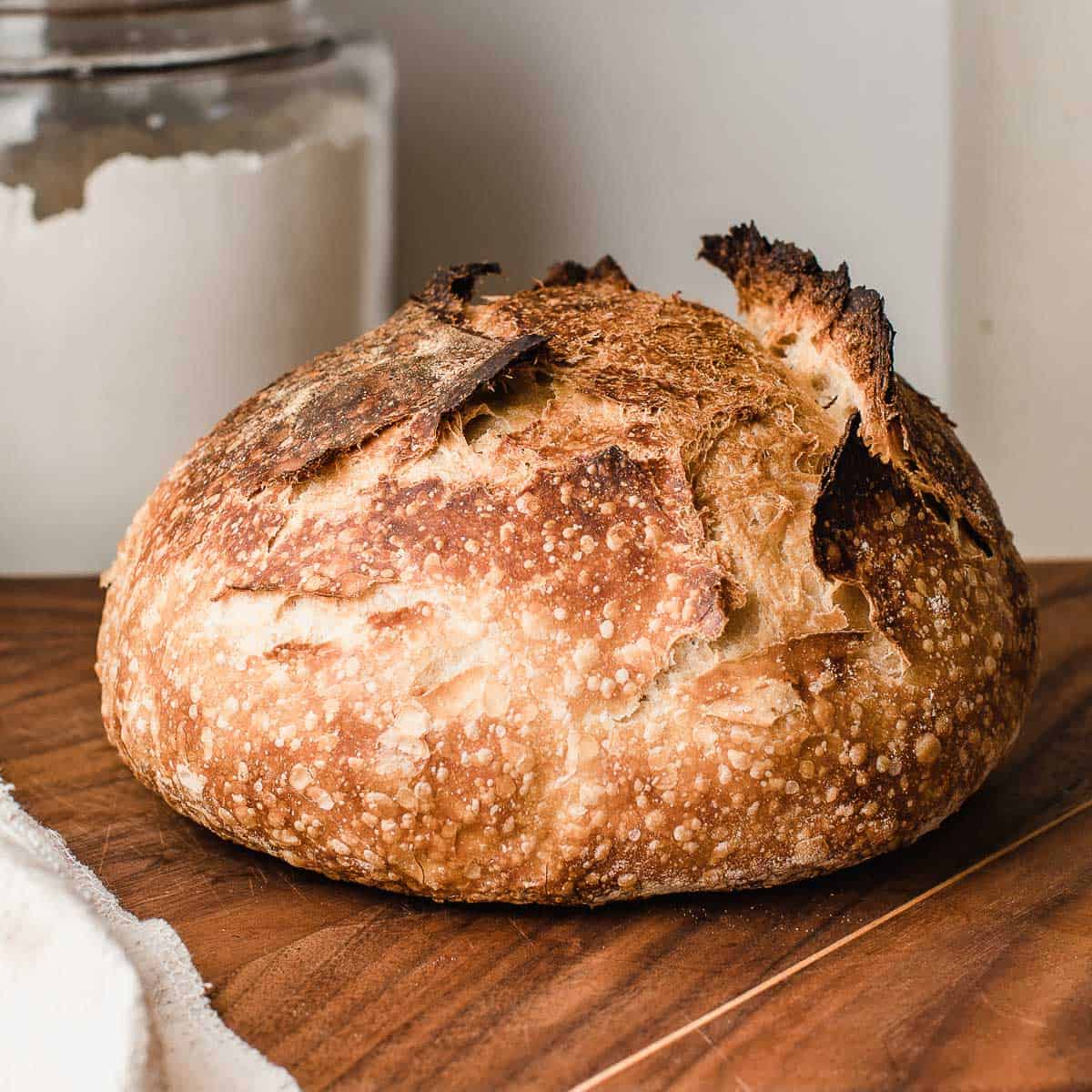

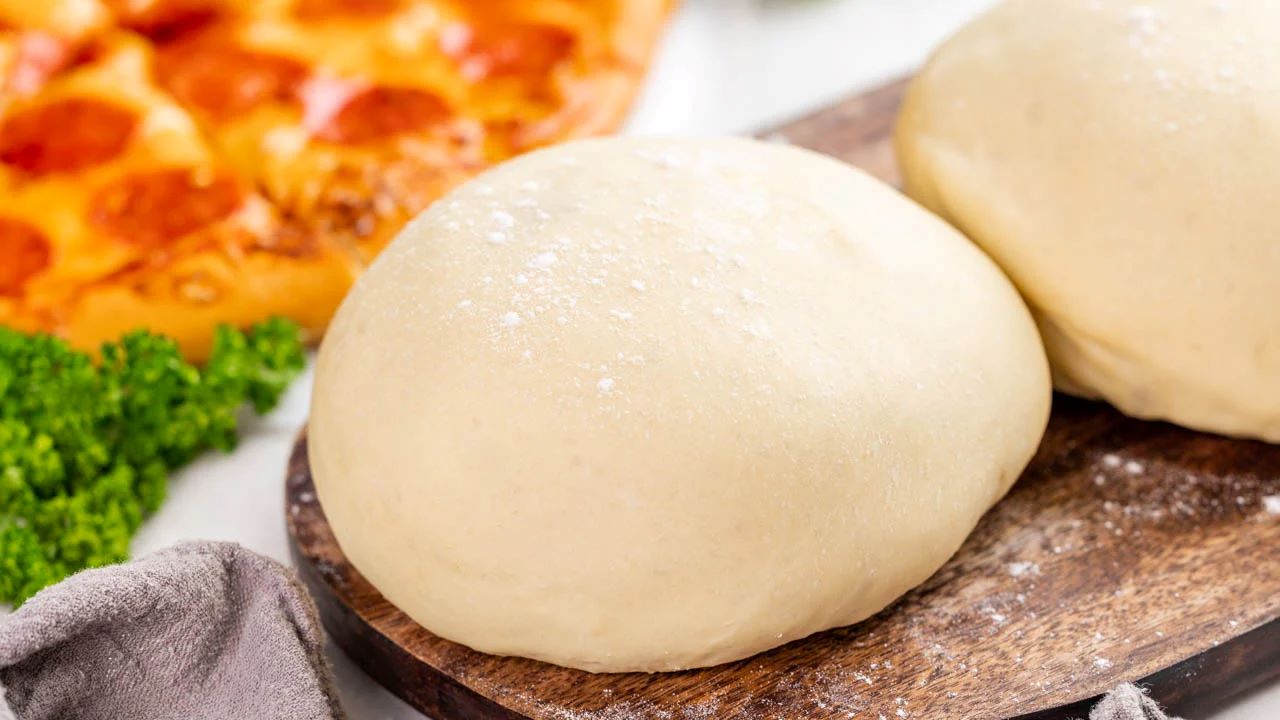



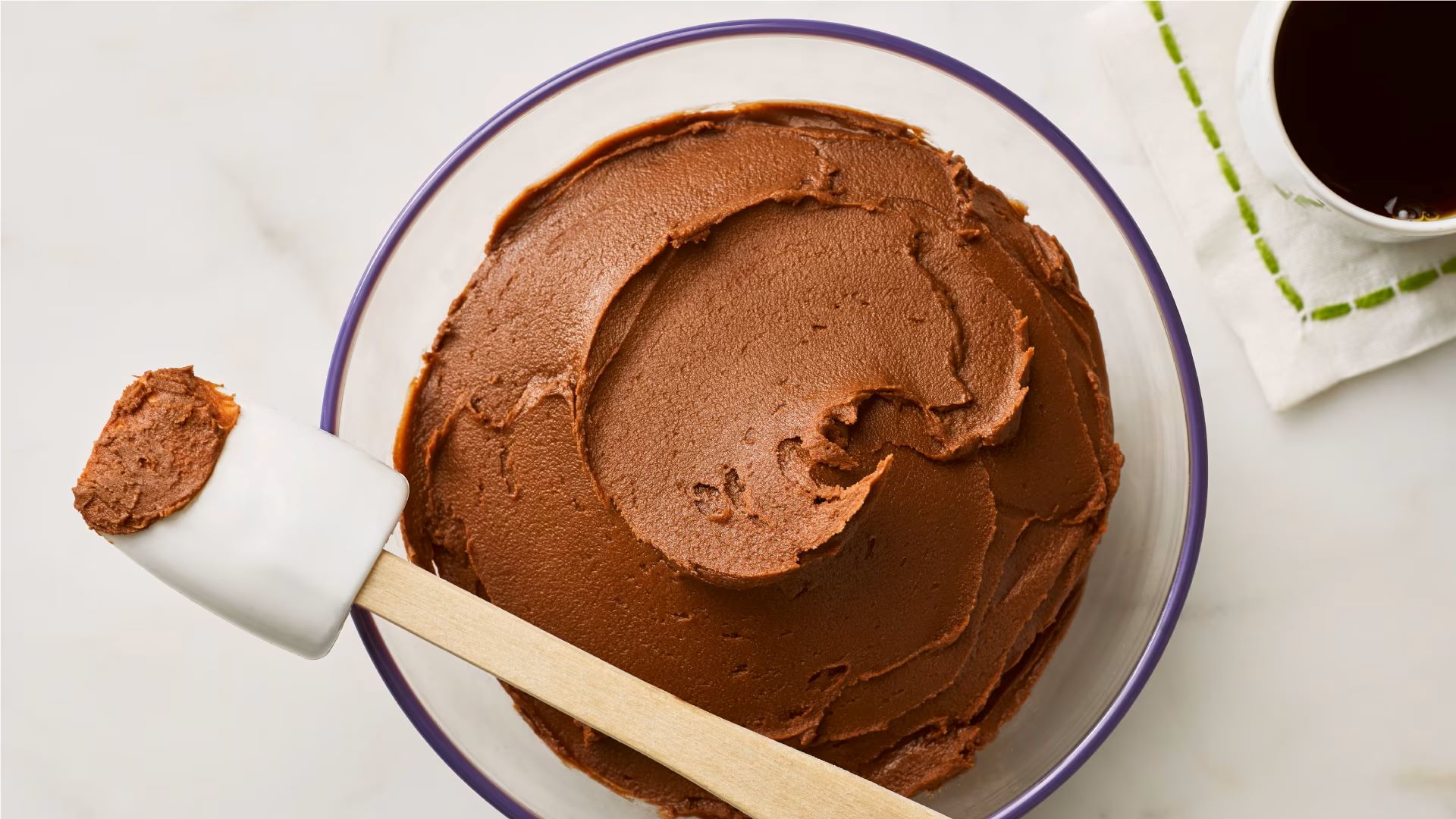
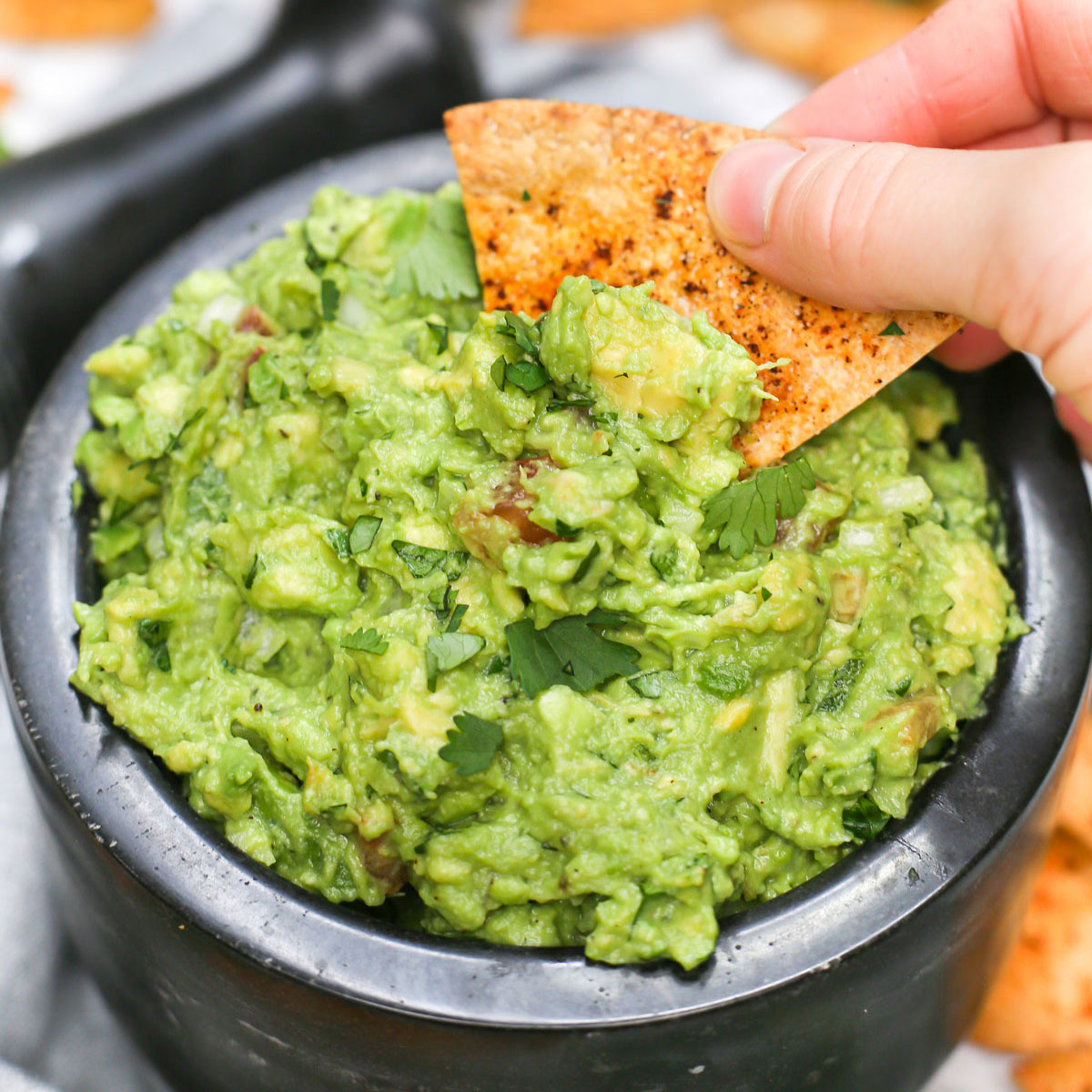


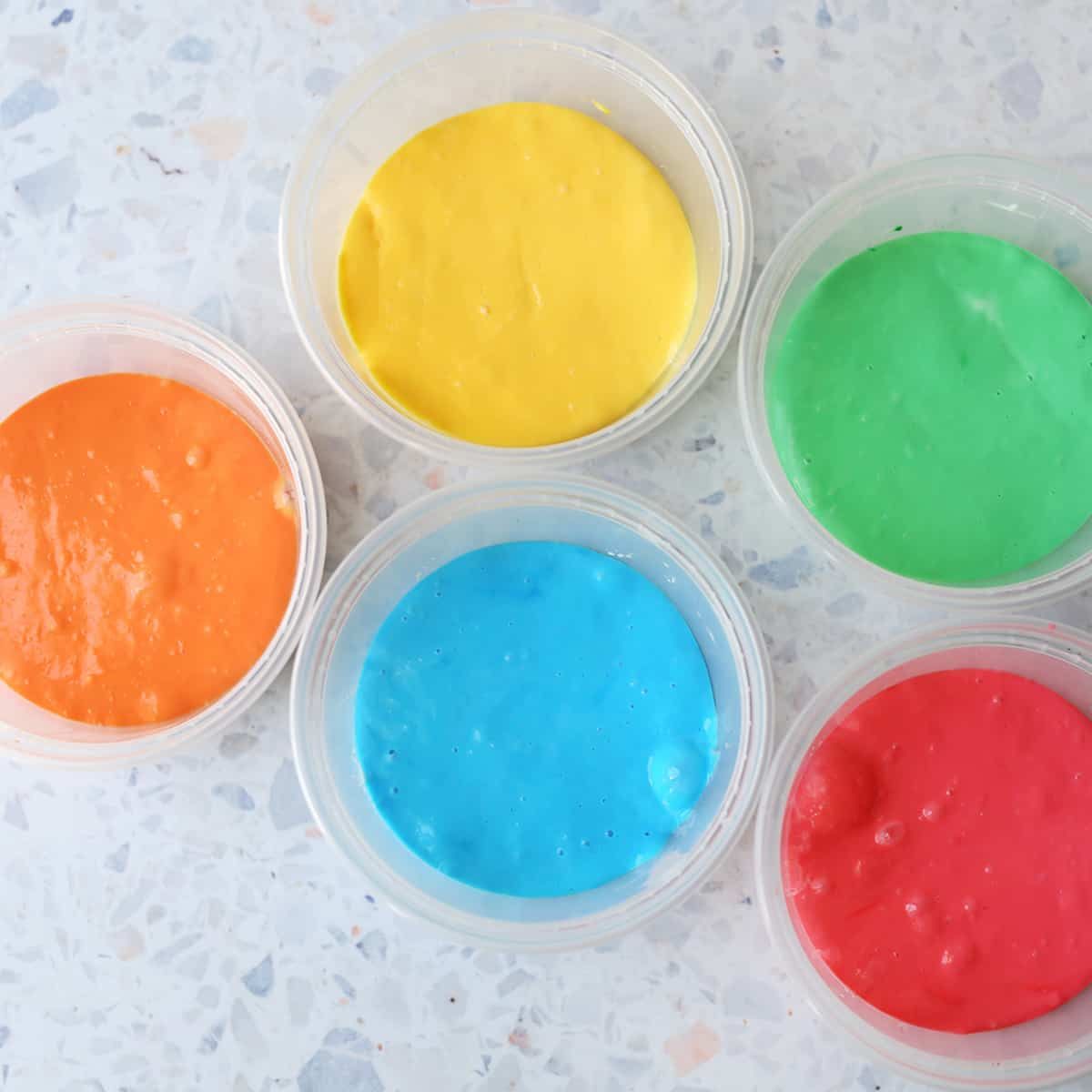

0 thoughts on “How To Store Homemade Naan”